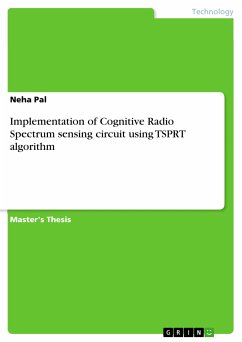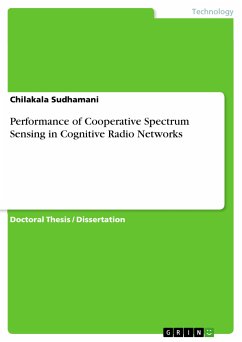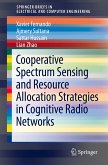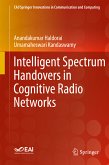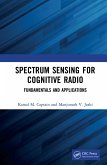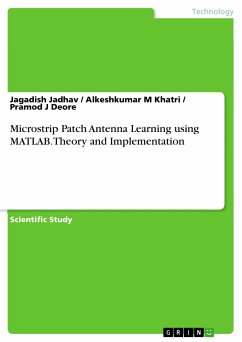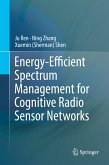Master's Thesis from the year 2012 in the subject Engineering - Communication Technology, Indian Institute of Technology, Delhi (IIT Delhi), course: M.Tech (Communications), language: English, abstract: To ensure that cognitive radios would not interfere with primary users, spectrum sensing is required to be efficient and accurate by reliably detecting primary user signals. In this work, we implemented a spectrum sensing methodology based on the Truncated Sequential Probability Ratio Test (TSPRT). The TSPRT is a combination of SPRT and Neyman-Pearson. We created and simulated the model and observed the variation of quantization error, noise variance and dynamic range of the signal to achieve the minimum average sample number (ASN) and desired error probabilities of detection and false alarm for sine wave and similar input signals. This report comprises of theoretical analysis and practical implementation of spectrum sensing circuit in Xilinx system generator. Simulations are done to observe the effect of various parameters on ASN and shown.
Dieser Download kann aus rechtlichen Gründen nur mit Rechnungsadresse in A, B, BG, CY, CZ, D, DK, EW, E, FIN, F, GR, HR, H, IRL, I, LT, L, LR, M, NL, PL, P, R, S, SLO, SK ausgeliefert werden.
Hinweis: Dieser Artikel kann nur an eine deutsche Lieferadresse ausgeliefert werden.

